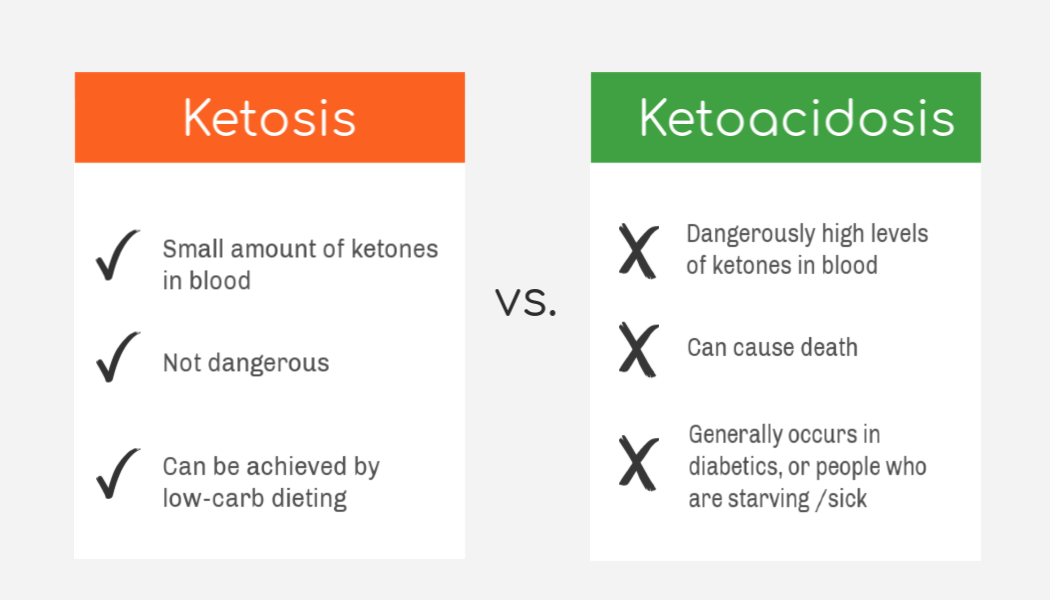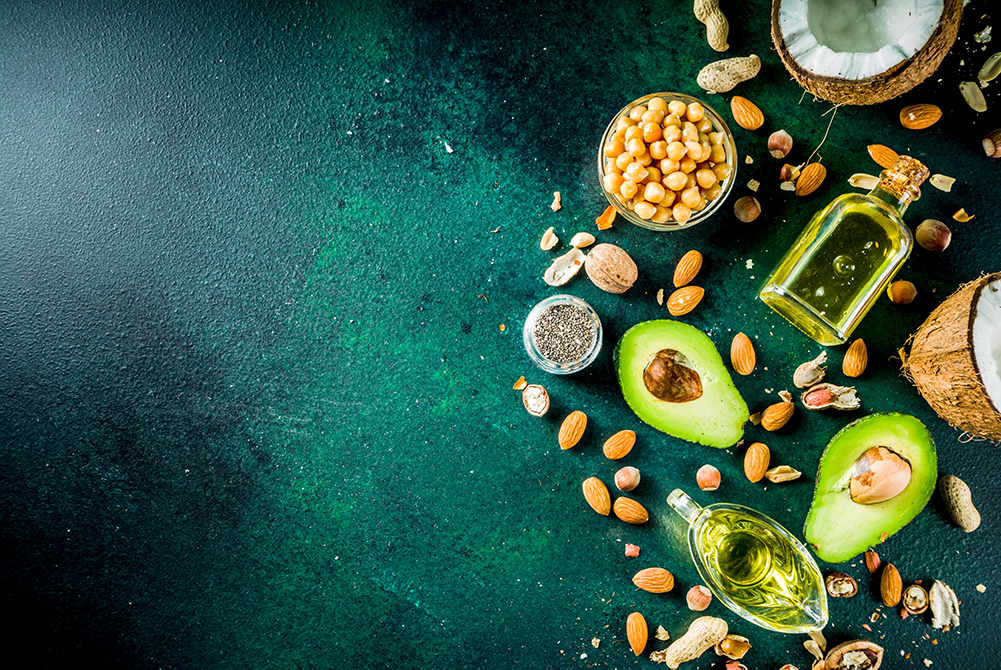Ketosis is a metabolic state where your body burns fat instead of carbs for fuel. In many individuals being in ketosis leads to rapid and substantial weight-loss.
Why would you want to be in ketosis?
Being in ketosis and following a low-carb, ketogenic diet turns your body in to a fat burning machine. That means you get to eat delicious foods like: cheese, charcuterie, eggs and bacon while losing weight and feeling great. Best of all? Many people in ketosis experience greater satiety- which means they feel fuller, faster and are less hungry overall. You heard that right – you get to eat delicious foods while losing weight and feeling full. It’s a no brainer!
Ketosis symptoms can include:
- initial rapid drop in water weight
- initial onset of insomnia, but improved quality of sleep in the longterm
- increased ketones in the blood or urine
- change in bowel movements
- reduced appetite
- “keto breath” – bad breath that smells of rotting fruit, baby’s breath or nail polish remover
- smell or color of urine may change, to be “fruity” or oily in appearance
- increased energy levels
Generally it takes healthy individuals up to a week to achieve ketosis. But good news – there’s ways you can speed up that process so you can get in to ketosis, faster.
How to achieve ketosis more quickly
To get in to ketosis more quickly, follow these 5 easy tips:
- Stick to the keto diet.
Limiting your carb intake is crucial in order to be in ketosis. While some individual are able to consume up to 50 carbs per day, you should stick to 20g net carbs or less. If you find that you are not reaching ketosis, consider counting your carbs or calculating your macros. - Try intermittent fasting or a brief fast
Fasting depletes your body of carbs and calories, making it easier for you to get in to ketosis, quickly. - Try exogenous ketones or MCT (coconut) oil
MCT oil, also known as medium chain triglycerides (MCT’s), are naturally occurring fatty acids found in coconut or palm oils that enhance ketone production, More than 62% of the fatty acids in coconut oil are MCTs. But start slow – it’s best to be conservative and add only 1-1.5 tsps and work your way up to avoid a laxative effect. - Try HIIT (high intensity interval training) workouts or intense cardio
The incredible caloric burn of an intense workout can help you reach a greater calorie deficit that gets you in to ketosis faster - Measure your progress
Be sure to measure your progress so that you can adjust your diet accordingly. With the Keyto breath sensor you can measure how deep you are in ketosis with just one breath. You can also use other solutions on the market that involve drawing blood or ketone urine strips
Getting in to ketosis for vegans and vegetarians
Achieving ketosis can be difficult for vegans and vegetarians, as many keto favorites like eggs or dairy are not an option. For those that follow a meat-free diet it’s best to rely on high-fat, plant-based sources of healthy fats like coconut oil, avocados, seeds, nuts and vegan meat replacements like tempeh and tofu.
Is ketosis bad? And is it safe?
If you’ve been around the interwebs, you might have heard that being in ketosis is scary or even dangerous. That couldn’t be further from the truth, because nutritional ketosis is very different from ketoacidosis. Diabetic ketoacidosis, or DKA for short, is a serious and life-threatening medical condition usually associated with, you guessed it- diabetics.
To clear up the confusion, here are the key differences between ketosis vs. ketoacidosis:
- Nutritional ketosis is a natural metabolic state that was a survival mechanism during times of low food availability. Nowadays it can be achieved by most healthy individuals through the ketogenic diet and/or intermittent fasting. Blood glucose and insulin levels are usually markedly improved, even for healthy individuals.
- Ketoacidosis (DKA) is a rare yet potentially fatal complication of diabetes that produces a dangerously high level of ketones in the body – turning it acidic. It occurs when the body can’t create enough insulin, and can also be detected through ketone urine tests and or blood tests due to dangerously high elevation in blood sugar levels (hypoglycemia).

But don’t just take our word for it
Virta Health is a San Francisco-based, clinically-proven diabetes clinic that aims to cure diabetes through nutrition. Founded in 2014, Virta has been helping their patients get off insulin, reduce their A1c, and shed extra pounds– while reversing diabetes. Their secret weapon? The keto diet. Watch Dr. Stephen Phinney discuss the safety and benefits of a ketogenic diet, below:
Our key takeaways:
- Study after study shows that a well-formulated ketogenic diet is superior to traditional calorie-restricted low-fat diets in affecting weight loss and adipose tissue around the abdominal area. This is the most dangerous fat we carry in the body
- In a 12 week study high-carb low-fat calorie restricted diet experienced half the weight loss of the ketogenic diet group who was told to eat to satiety. And it wasn’t just water – water loss was only 1/5 of the weight lost in the keto diet group, the rest was body fat
- The ketogenic diet appears to improve insulin sensitivity in both diabetic and healthy individuals
- When looking at blood levels of followers of the ketogenic diet who were eating 3x more grams in saturated fat per day their blood levels were lower than the group eating lower saturated fat intake
- The ketogenic diet teaches your body to burn fat more effectively. In a study of highly-trained athletes following the ketogenic diet for 6 months, athletes saw that the diet doubled the body’s ability to burn fat for fuel. So despite the fact that they were consuming more saturated fats, their bodies were storing less
- Saturated fats are not harmful if you’re keto-adapted
- 7 of 14 people on a well-formulated ketogenic diet saw marked reduction in inflammation, while those on the high-carb diet saw none
